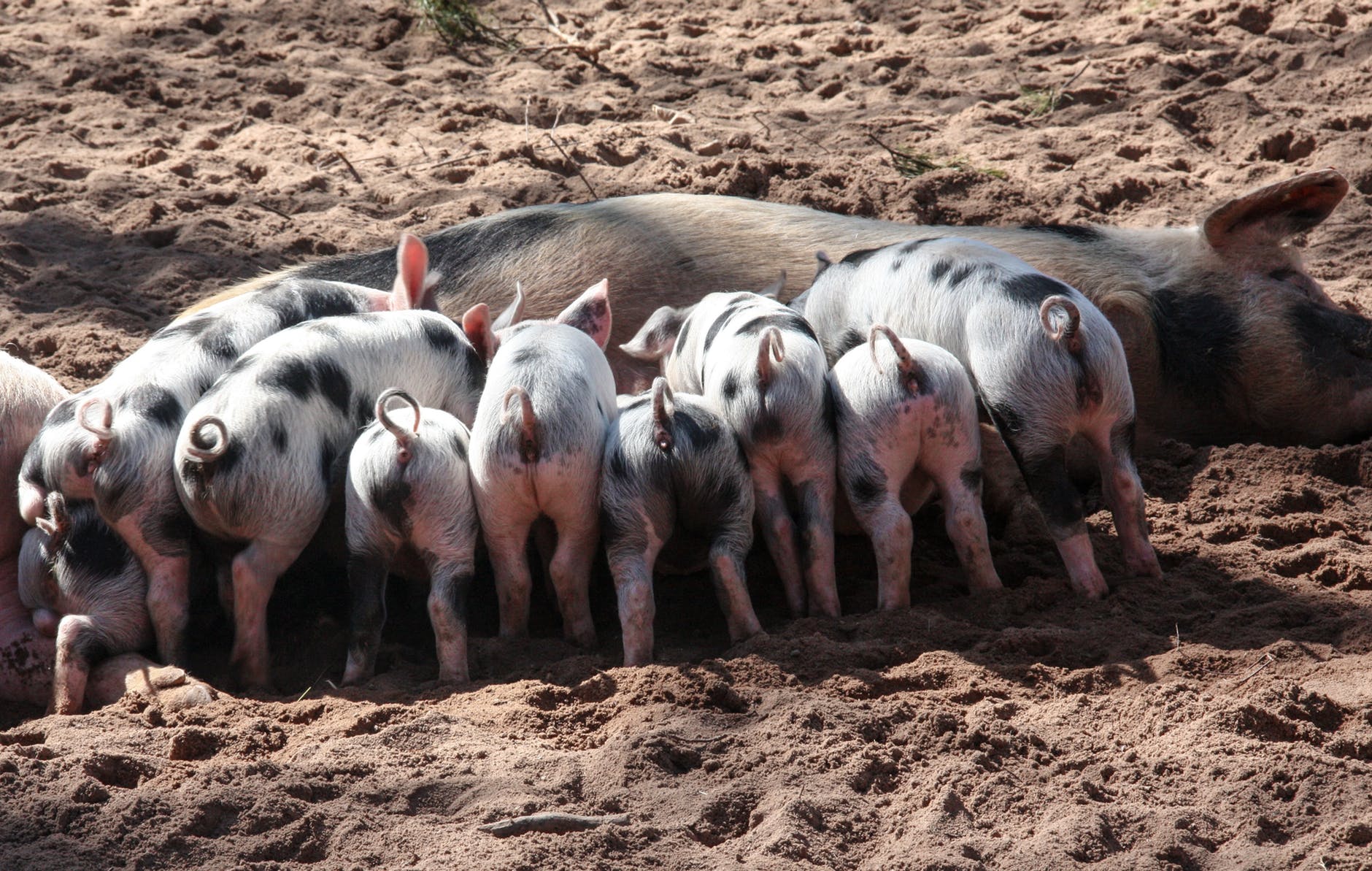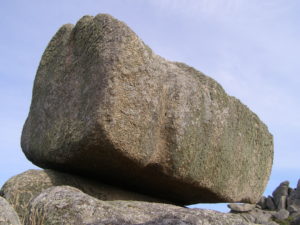TOKYO – Japan has given permission to the controversial research process involving implantation in animals with human stem cells. With this green signal, it will be possible to grow human cells for transplant inside animal hosts. Japanese education and science industry have taken this decision to revise its guidelines which would allow Japanese researchers to apply for permits to carry out studies employing this technique.
In this process, the implantation of embryonic animals, likely first pigs, with human “induced pluripotent stem” (iPS) cells is carried out. This can be transformed into the building blocks of any part of the body. The notion is to ensure the growth of iPS cells into transplantable human organs inside the animal embryos.
Before this development, the earlier regulations prevented researchers from placing the embryos into animal wombs to allow them to develop. Also, Japan had previously required researchers to terminate animal embryos implanted with human cells after 14 days. According to officials, this was simply due to ethical concerns over the vague line between human beings and animals. Since there is technically zero risk of producing a new organism mixing human and animal elements under the research, so the restrictions have been dropped for the research process.
After this recent development, researchers will now be allowed to create animal embryos with a human pancreas and transplant it into the womb of a pig. And theoretically, this would result in the birth of a baby pig with a human pancreas. At other places, while carrying out similar research the embryos are terminated before delivery in order to avoid the thorny moral issues raised by creating creatures that contain both human and animal cells.
Ethical issues have been raised about the status of animals containing human cells, and whether human iPS cells implanted into animals could develop into brain matter or reproductive organs. While a shortage of transplantable human organs means researchers around the world are moving to create mixed human-animal embryos.






Be First to Comment